AET Blogs

Spring Soft Tops – Our Favourite Turbocharged Roadsters of 2015
That’s right, spring is here! With the weather improving, it’s got everyone at AET dreaming about a barbecue summer. Whilst the British summer might be hit and miss weather wise, there’s little better than driving down an open road in a fast, 2 seater convertible, with the wind rushing through your hair on a hot…
Turbo tech 101: What is turbo lag?
Once, turbo-lag was seen as an inherent downside of turbocharging, and an inevitable compromise you had to face when choosing a turbo car. Now, with the meteoric rise in popularity of the turbo - things are changing quickly. In this post, we’re taking a look at turbo lag, explaining what it is, why it happens,…
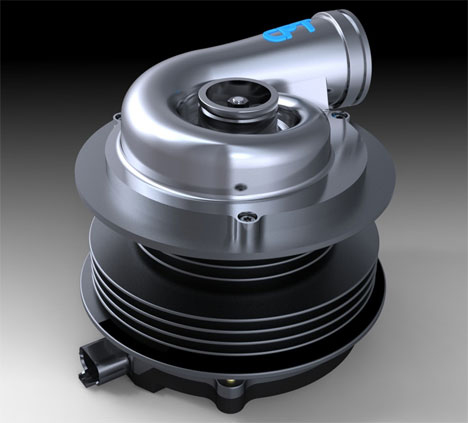
Future turbo tech – electric turbo compounding
With turbocharging now firmly at the forefront of automotive development, the technology behind it is moving forward at a faster rate than ever before. We’ve already taken a look at the rise in electric turbocharging on the blog, and previewed some exciting future developments, and now, we’re going to be looking at the concept behind…

2015 – Year of the Turbo
It’s a really exciting time in the world of turbocharging. Production is up, new technology is being developed, and more and more turbocharged vehicles are coming to market. In fact, 2015 looks to be a landmark year for turbocharging, as the automotive industry continues to look for ways to maximise fuel economy and reduce emissions.…
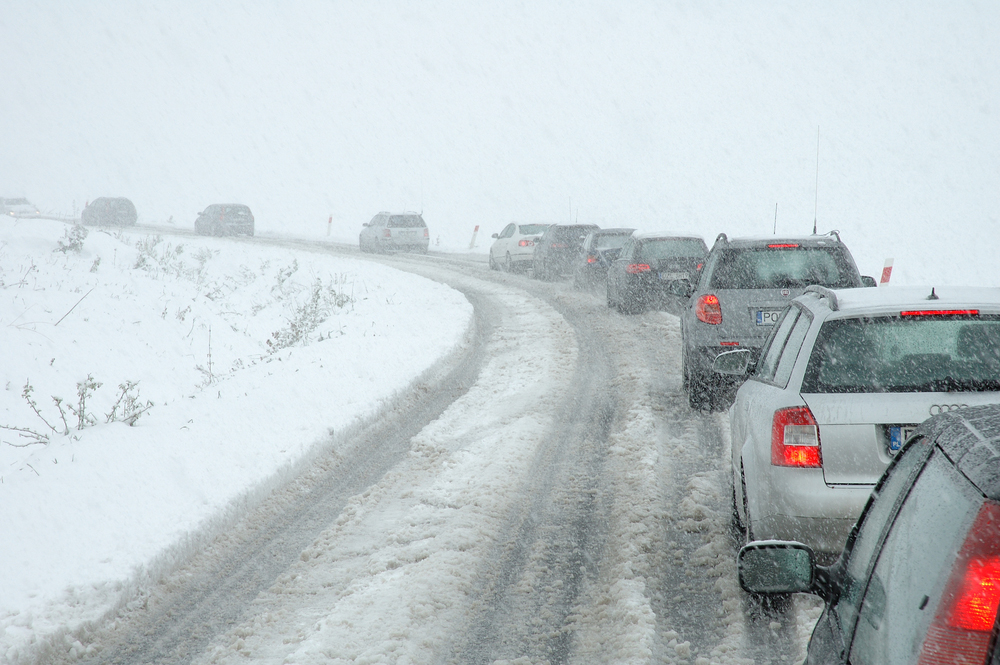
Staying Safe on the Roads – Top 10 Winter Driving Tips
Winter weather can make for some seriously difficult driving conditions, and with forecasts for lots of snow, ice and heavy winds over the coming month, it’s vital to take extra precautions to ensure you’re safe on the roads. Prepare for the testing conditions and keep yourself on the road in the worst weather with our…
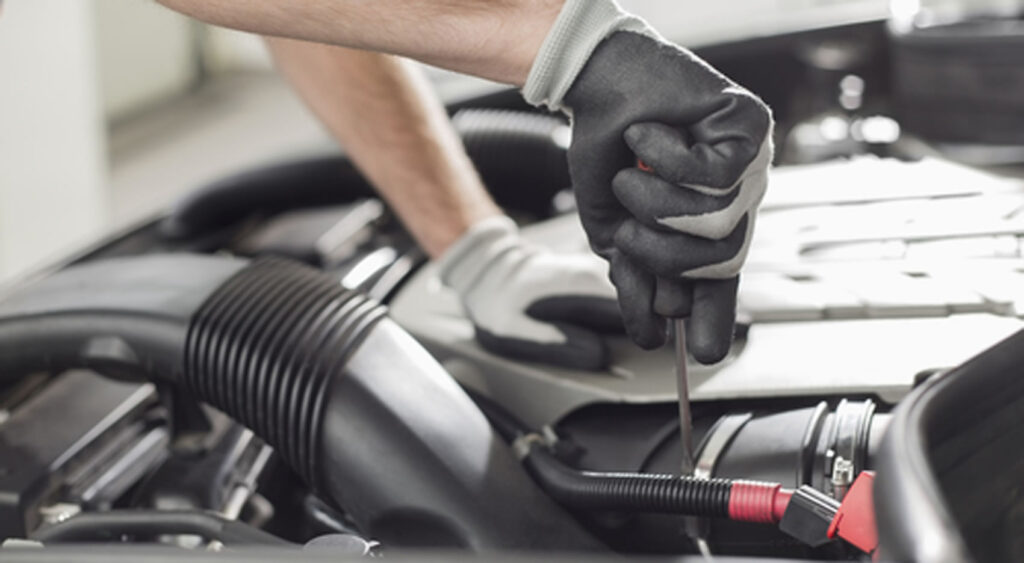
Turbo driving tips – get more from your turbocharged car and protect your engine
Prevention is always better than the cure, and looking after your vehicle and keeping it well maintained is the best way to avoid costly repairs. With more components and a more complex design, turbocharged engines are a little different to their naturally aspirated cousins – which means they benefit from a bit of special treatment…

The 5 Best Turbocharged Cars Ever
From early pioneers like the Oldsmobile Jetfire, to modern classics like the Toyota Supra Turbo, there have been some truly fantastic turbocharged cars – but which are the best? This month, we’re looking at some of our favourite iconic turbocharged cars from the past 50 years, and after a fair amount of debate, we’ve managed…

Miserly motoring – the most fuel-efficient cars of 2014
Looking to buy a new car, but worried about the running costs? This month, we take a look at some seriously frugal motors, with our list of the top 5 most fuel-efficient cars of 2014, perfect for if you do a lot of miles, are concerned about your carbon emissions, or just want to keep…
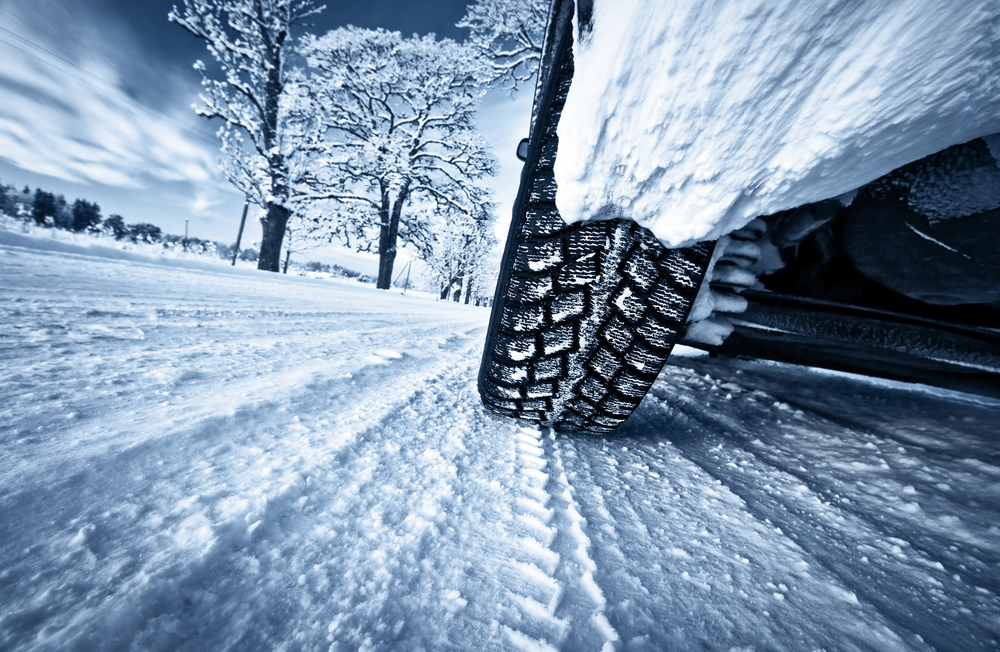
Winter is coming! Top tips to keep your car running in the colder months
Cold, wet, and windy – sadly, the British winter is here again! In addition to creating hazardous driving conditions, cold weather can also put some serious strain on your vehicle, which is why it’s so important to be prepared. Batten down the hatches, and ensure you’re ready for the worst of the winter weather with…

AET provides new games kit for North Yorkshire School
Never ones to miss out on an opportunity to hook in new turbo aficionados at a young age, AET agreed to sponsor new games kit for Gillamoor C of E Primary School in Gillamoor, North Yorkshire.
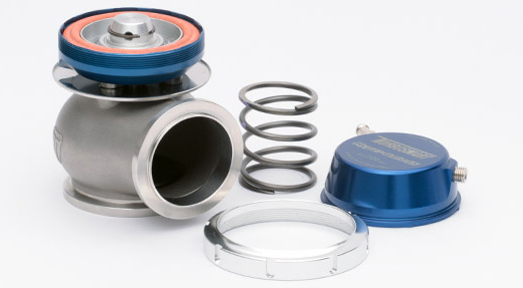
Turbo tech 101– what is a turbo wastegate and how does it work?
Last month, we launched Turbo tech 101 – a series of posts designed to provide some basic information about different turbocharging components. In part one, we kicked things off by looking at the intercooler, and this month, we’ll be looking at turbo wastegates – finding out what they are, what they do and how they…

Future Turbo tech – new electric turbocharger eliminates turbo lag
AT AET, we’re always looking out for the latest developments in turbo tech – and earlier this month, French company Valeo has announced the development of a new electric turbocharger that promises to completely eliminate turbo lag. In this post, we examine the new turbo technology, and look at the future of electric turbocharging as…
